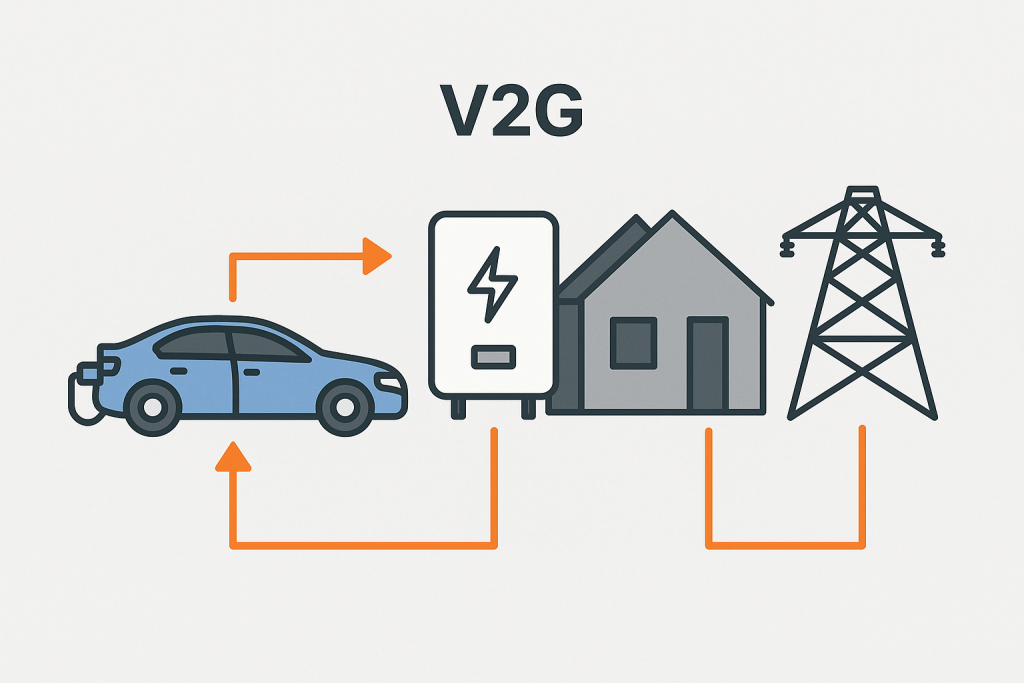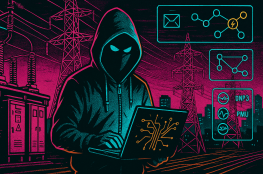
The recent blackout that plunged Spain and Portugal into darkness for nearly a day has reignited discussions about the resilience of modern power grids and the potential role of Vehicle-to-Everything (V2X) technologies, particularly Vehicle-to-Grid (V2G), in enhancing grid stability. As the Iberian Peninsula grapples with the aftermath, it’s crucial to explore how V2G could serve as a decentralized energy buffer, mitigating the impacts of such large-scale outages, maybe changing an EV from only a load – to actual solution of the problem?
The Blackout: A Wake-Up Call for Grid Resilience
On April 28, 2025, The blackout disrupted transportation, communications, and essential services, affecting around 60 million people . While the exact cause remains under investigation, but the incident underscores the vulnerabilities inherent in grids heavily reliant on centralized generation and highlights the need for more adaptable, distributed energy solutions. I wrote a short article about it, you can read it here : Debugging the darkness: When Spain and Portugal Went Dark.
V2G: Turning EVs into Grid Assets
Vehicle-to-Grid (V2G) technology enables bidirectional energy flow between electric vehicles (EVs) and the power grid. During peak demand or emergencies, EVs can discharge stored energy back into the grid, effectively acting as mobile energy storage units. This capability transforms EVs from mere consumers to active participants in energy distribution, providing a flexible resource to stabilize the grid during unforeseen disruptions. More so, it gives your car new purpose, not only getting you from point A to B, but also providing you more energy safety, not investing in huge BESS system (which I would say it’s half truth, It can lower the size of the BESS that you need to invest in going from needed 15kWh to, let’s say 5kWh).
The Iberian Context: A Missed Opportunity

Spain and Portugal have made significant strides in renewable energy adoption, particularly solar and wind. However, integrating these intermittent sources without adequate storage solutions has introduced new challenges. It has also caused significant volatility of the system. The recent blackout exposed the limitations of the current infrastructure, where a lack of real-time data from small-scale renewable generators and insufficient balancing capacity contributed to the grid’s collapse. A widespread V2G network could have provided the necessary buffer, absorbing excess generation during low demand and supplying energy during shortages.
Let’s go deeper
Implementing V2G at scale requires addressing several technical challenges:
- Standardization: Developing universal open-source protocols for communication between charging stations, and grid operators is essential. Of course, we do have protocols like OCPP (especially 2.0.1) but small and secure module that would enable big loads like that to participate in DSR/DSM would be essential for “Blackout scenarios”.
- Infrastructure: Upgrading existing charging stations near companies’ HQs to support bidirectional energy flow and ensuring the grid can handle the dynamic input from numerous EVs, so they can be used in times of crisis.
- Battery Degradation: Establishing guidelines to minimize the impact of frequent charging and discharging cycles on battery health.
- Regulatory Frameworks: Creating policies that incentivize V2G participation and ensure fair compensation for energy contributions.
Addressing these factors is crucial for the successful integration of V2G into the existing energy ecosystem, as still when asked – people know very little about V2X, and it’s for sure not the most common question when you’re buying new EV.
One of the biggest challenges is lack of implementation. Currently, about 25 EVs are V2G compatible. Is it making it a “rich man’s game”? Maybe now. But as with any new implementation and cutting-edge tech, we need to give it some time.
Looking Ahead: Integrating V2X into Energy Strategies
The Iberian blackout serves as a stark reminder of the fragility of modern power systems. Integrating V2X into national energy strategies could transform EVs into a vast, decentralized energy resource, enhancing grid stability and accelerating the transition to a sustainable energy future. As Spain and Portugal rebuild and reinforce their grids, embracing V2G technology could be a pivotal step toward a more resilient and flexible energy infrastructure not only there, but it could show the way for others – to be part of a more resilient, safer grid.
In conclusion, the convergence of transportation and energy sectors through V2G presents a compelling solution to contemporary grid challenges. By leveraging the growing fleet of EVs, countries can create a dynamic, responsive energy network capable of withstanding and adapting to unforeseen disruptions.
If you’re buying new EVs or signing a lease for your company, ask if the car is V2G compatible, just in case…
Stay Curious!




August 30, 2025
[…] You can also read a bit more on the Iberian blackout here : Lessons from the Iberian Blackout: The Role of V2G […]